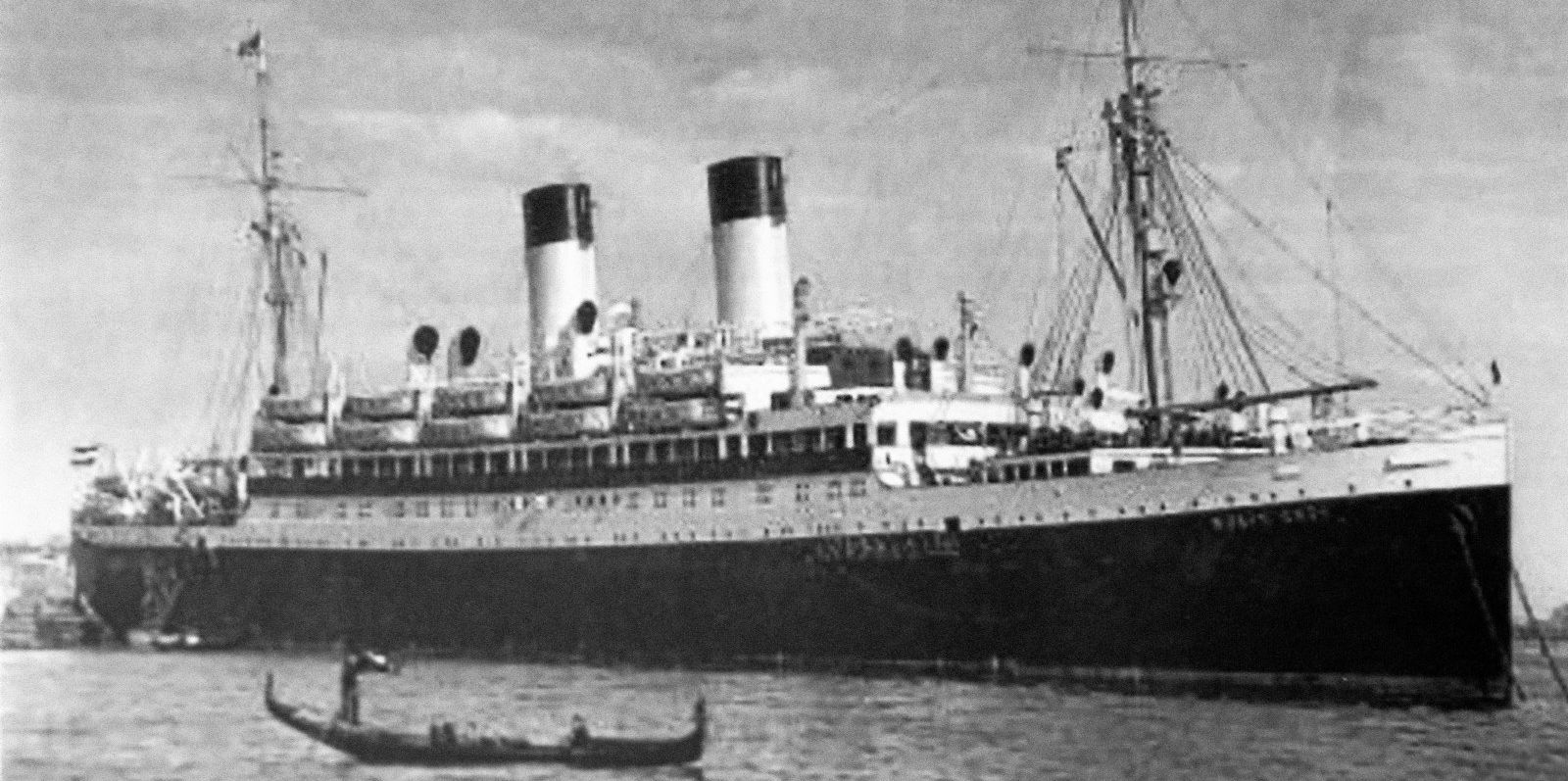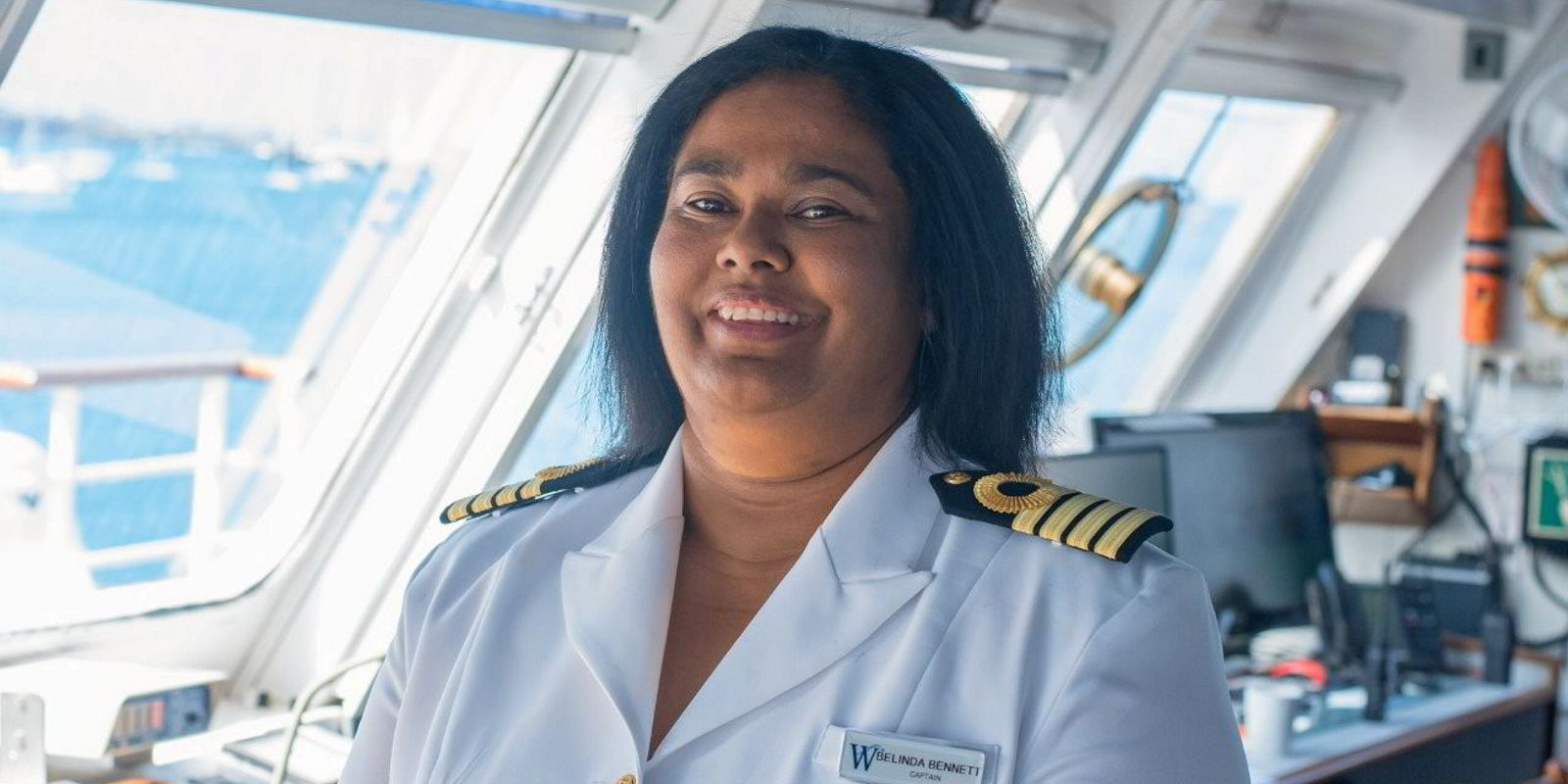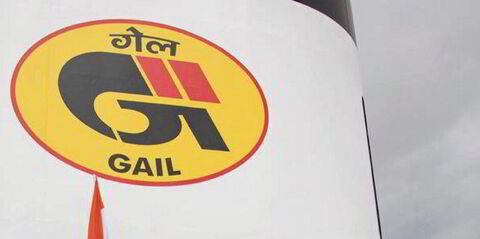UK law firm Ince is hoping to help explorer David Mearns bring back the anchor of the historic liner Empire Windrush from its Mediterranean wreck site.
The 1930-built vessel played a vital part in the country's post-war history when it brought in one of the first large groups of Caribbean migrants in 1948 — the "Windrush Generation".
But the passengership sank after a fire off the coast of Algeria in international waters in 1954, with the loss of four crew.
UK researcher Max Holloway started the campaign when he approached renowned wreck finder David Mearns about the project to restore and display the anchor as part of the 75th Windrush anniversary celebrations in 2023.
Mearns, who has found the wrecks of the Derbyshire and the Hood, started to search for the exact location and has now discovered the vessel's resting place 37 km (23 miles) off Algeria, in 2,800 metres of water.
The project has been raised in the UK Parliament and has a pledge of support from the government.
Windrush campaigner Patrick Vernon is also part of the effort.
Support not cash
He told TradeWinds: "We don't want any money from the government, we just want their support."
- Built as the Monte Rosa at Blohm & Voss, Germany, 1930
- 152 metres long, 13,882 grt
- Original owner was Hamburg Sud
- Owned by the German Navy during World War II
- Seized by the UK at the end of the war
- Brought Caribbean immigrants to the UK in 1948
- Sank following a fire off Algeria in 1954
"David is very familiar with that part of the Med; he believes that the anchor will be easy to retrieve," he added.
"We have to go in there, we know where it is, it's about getting the resources," Vernon said.
The campaign wants to start a discussion about where to display the anchor. Possibilities include the fourth plinth in Trafalgar Square, as well as Brixton, Manchester or Birmingham.
"It's a national story, a British story," the campaigner said.
Vernon said the timeline could be between six and nine months for a salvage mission.
Fundraising target
The fundraising target is £500,000 ($693,000), but Mearns believes he could "twist someone's arm" with £250,000, according to Vernon, who is an associate of the Imperial War Museum Institute.
There is TV interest in the mission from ITV and Channel Four in the UK.
Ince's global senior partner Julian Clark has worked with Mearns before.
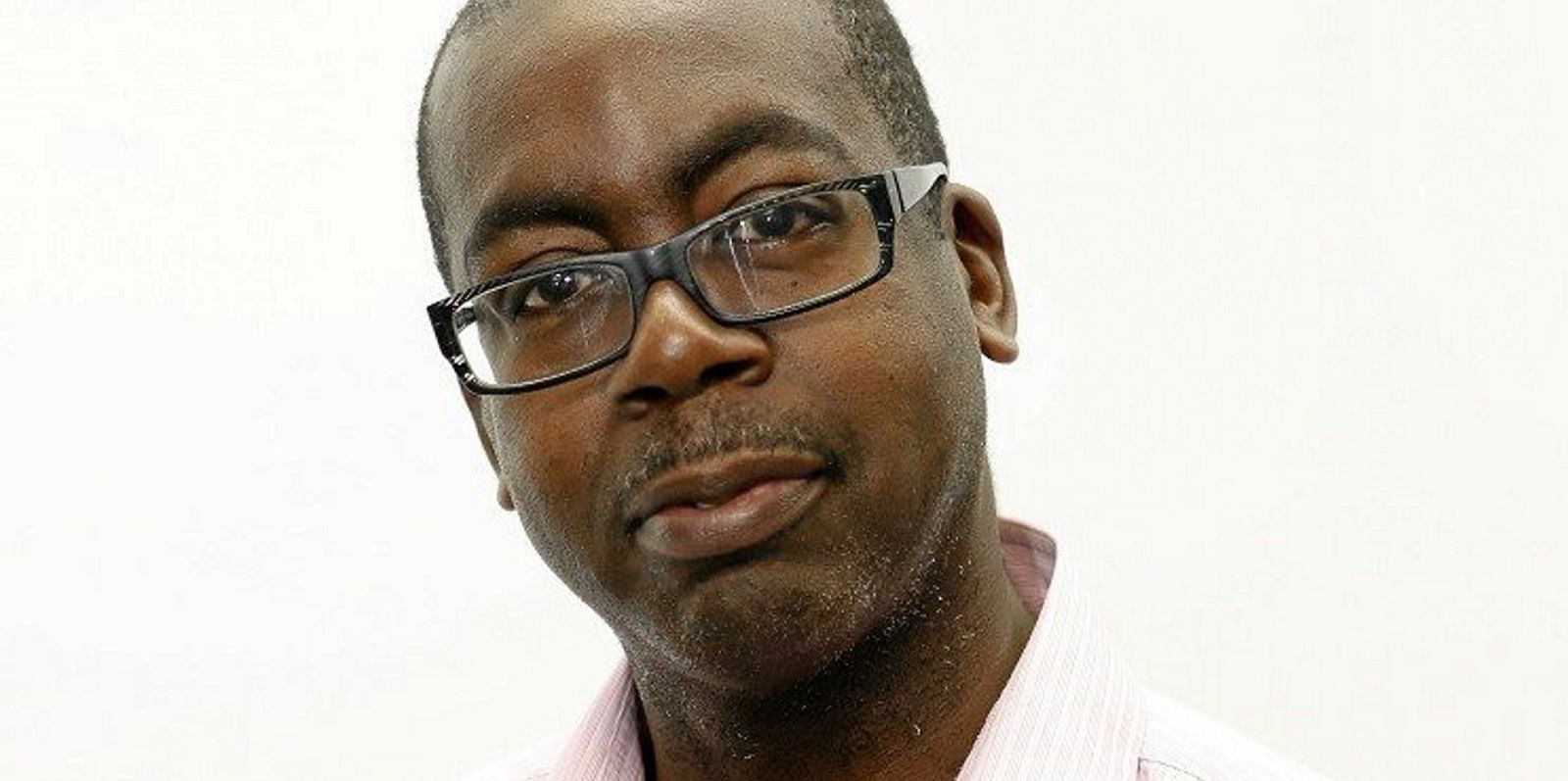
"We are absolutely confident we've found the wreck. We know we can locate the anchor and recover it," he told TradeWinds.
The campaign wants to use US marine robotics company Ocean Infinity.
"They are behind the project, but they can't just take their kit off site just to give to us," said Clark.
"What they will do is do it at cost; you'd be talking millions if you were a commercial operation wanting to do this," he added.
The salvors believe the way the ship is lying on the sea bed means it is possible to cut the anchor free using a remote operated vessel.
Ince working for free
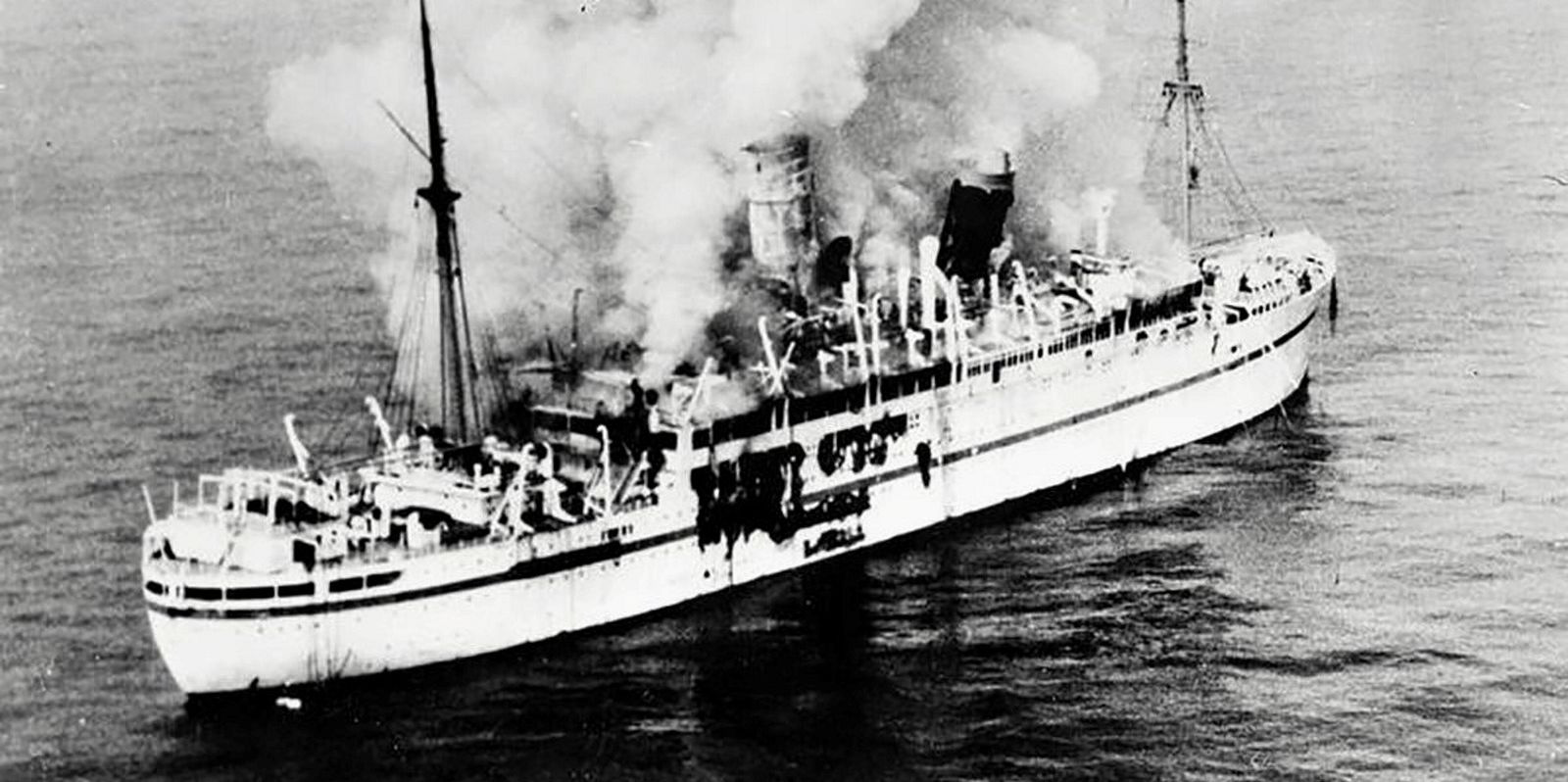
Clark said there is a lot of law involved and Ince will work for free to agree a salvage with the UK ministry of transport, which owns the wreck.
The lawyer is a keen musician and said so many members of the Windrush generation are part of the foundation of black music in the UK.
Pop star Leee John of soul band Imagination is already part of the project.
Clark said: "We could do a Live Aid-type Windrush event. It's also something the P&I [protection and indemnity] clubs should be getting on board with."
He added: "I want to go out to people like Zodiac and the big shipping operations in the UK. There's lots we can be doing."
Symbolic project
Vernon, who came up with the idea of an annual Windrush Day on 22 June, said the project is a powerful symbol of a multicultural, secular Britain.
"Nobody thought National Windrush Day would happen. I believe we can get the anchor too," he said.
Clark added: "It's [a] heartwarming project, it's morally right, it's about walking your talk on diversity and inclusion. We are going to make it work."
The German-built Empire Windrush began life as the Monte Rosa, the last of five sisterships designed to carry German emigrants to South America.
Nazis take over
After the Nazis took over, the ship was operated in the Strength Through Joy state-run leisure programme, then deployed as a troop carrier after the outbreak of World War II.
The ship was eventually seized by the UK as a prize of war after its capture at Kiel, northern Germany, in May 1945.
The British converted the vessel to a troop ship and the renamed Empire Windrush began to operate on a route from Southampton via Gibraltar, Suez, Aden and Colombo to Singapore and Hong Kong. Voyages were extended to Japan after the start of the Korean War.
The Empire Windrush set off from Japan in February 1954 on a journey plagued by breakdowns and other problems.
On the morning of 28 March, after it left Port Said in Egypt with 222 crew and 1,276 passengers, an explosion in the engine room started a fierce fire and it later sank.
